Most businesses don’t realize they’re still using analog phones - even in 2025. Fax machines, old desk phones, alarm systems, and nurse call stations still plug into wall jacks that haven’t changed since the 1980s. But if your internet connection is your main phone line now, how do those analog devices keep working? The answer lies in two simple but powerful ports: FXS and FXO.
What FXS and FXO Ports Actually Do
Think of FXS and FXO as translators between two worlds: the old analog phone system (PSTN) and today’s digital VoIP networks. They’re not fancy. No screens. No apps. Just metal pins inside a box that make old phones talk to new ones. An FXS port (Foreign Exchange Subscriber) is the one that powers your analog phone. It gives dial tone, ringing voltage, and battery power - exactly what a traditional phone expects. If you plug a landline phone into an FXS port, it works just like it did before the internet. This is how you connect analog phones, fax machines, or modems to your VoIP system. An FXO port (Foreign Exchange Office) does the opposite. It listens to the phone line coming from your phone company. It doesn’t supply power - it just waits for a signal. When the phone company rings, the FXO port hears it and tells your VoIP system: "Someone’s calling." This is how you connect your existing analog phone lines (like your old landline) to your new VoIP phone system. You don’t need to remember the full names. Just think of it this way: FXS = sends power to phones. FXO = listens to the phone company.Why You Still Need These Ports in 2025
You might think analog gear is dead. But it’s not. A 2023 study found that 68% of Fortune 500 companies still rely on analog devices - mostly for fax machines, security alarms, and industrial equipment. Hospitals still use analog nurse call buttons. Factories keep old phones on the floor because they’re rugged and reliable. If you switch to VoIP but rip out all your analog phones, you’re not upgrading - you’re replacing. And that costs money. A single analog nurse station can cost $1,200 to replace. If your hospital has 300 of them? That’s $360,000. That’s why places like Johns Hopkins used FXS gateways to connect 312 legacy nurse stations directly to their new VoIP system - saving over $287,000. FXO ports serve another critical role: backup. If your internet goes down, your VoIP phones go silent. But if you have an FXO port connected to your old landline, calls can still come in. One network admin in Wisconsin reported his Yeastar FXO gateway switched 12 lines to analog in 4.2 seconds during an internet outage - no dropped calls, no panic.How FXS and FXO Gateways Work
These devices look like small boxes with RJ11 phone jacks on one side and an Ethernet cable on the other. Inside, they convert analog voice signals into digital data packets using the G.711 codec (64 kbps), then send them over your network using SIP protocol. Most gateways come with 2, 4, 8, or 16 ports. A small office might need a 4-port FXS gateway to connect four analog phones. A business keeping its landline for backup might get a 2-port FXO gateway. Some models, like the TC Communications TC3848-1, mix both: four FXS ports for phones and one FXO port for PSTN backup. The conversion isn’t perfect. Analog signals are messy. Digital networks are clean. That mismatch can cause echo, choppy audio, or fax failures. Good gateways fix this with echo cancellation (ERL > 15dB) and T.38 fax protocol support. Without T.38, fax machines often fail. One Reddit user spent weeks troubleshooting until he enabled T.38 and set the jitter buffer to 120ms - something the manual didn’t mention.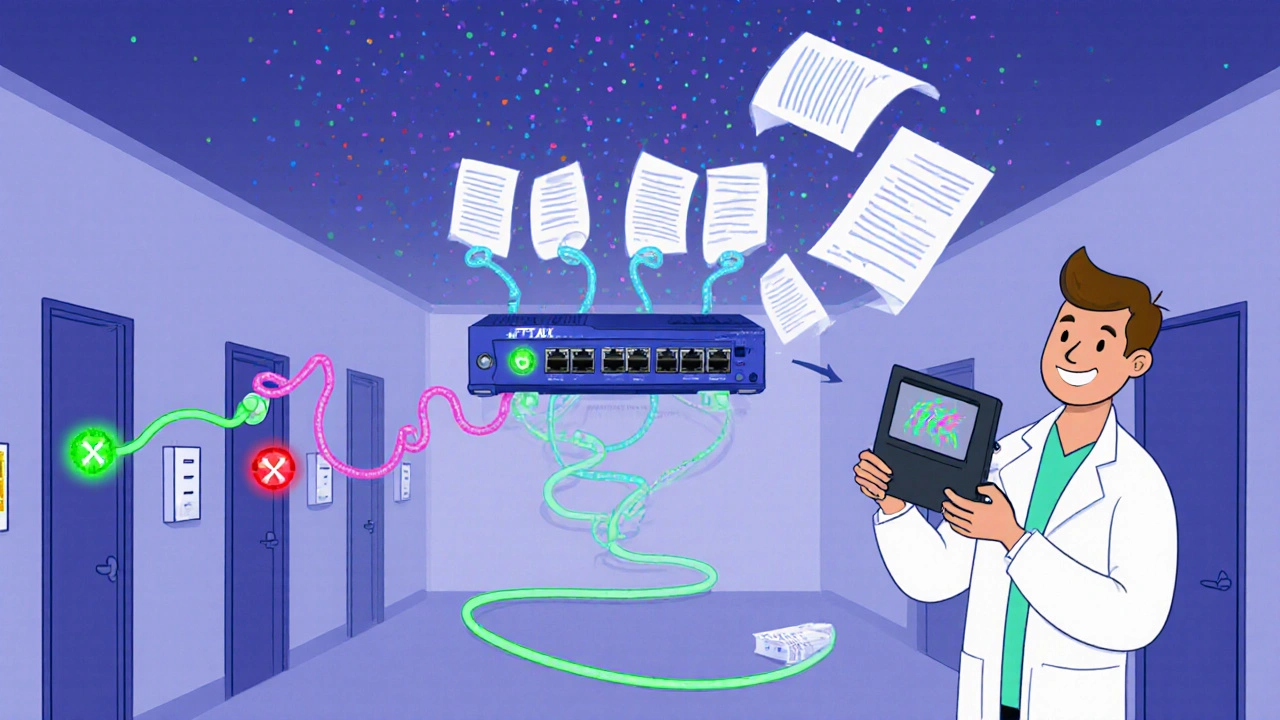
FXS vs FXO: Real-World Use Cases
Use FXS when you want to:- Connect analog phones to your VoIP system
- Keep using fax machines without replacing them
- Integrate alarm systems, elevators, or industrial equipment that only work with analog lines
- Preserve existing hardware during a VoIP transition
- Use your existing landline as a backup for VoIP
- Keep your current phone number from your old provider
- Make calls when your internet is down
- Transition slowly - keep PSTN while testing VoIP
Choosing the Right Gateway
Not all gateways are equal. Here’s what to look for:- Port count: Match it to your needs. Don’t overbuy.
- T.38 support: Non-negotiable if you use fax.
- Compatibility: Make sure it works with your PBX (3CX, Asterisk, Yeastar).
- Failover speed: Look for gateways that switch to PSTN in under 5 seconds.
- Regulatory compliance: In the U.S., it must meet FCC Part 68 for surge protection.
What Can Go Wrong (And How to Fix It)
Even simple setups can fail. Here are the top three issues:- No dial tone: Usually means the FXS port isn’t powered or the phone line is reversed. Check polarity. Some lines need a crossover adapter.
- Fax doesn’t work: Turn on T.38. Set packetization to 20ms. Disable voice compression on that port.
- Call drops or echo: Adjust impedance settings (600-900 ohms). Enable echo cancellation. Reduce jitter buffer if audio is choppy.
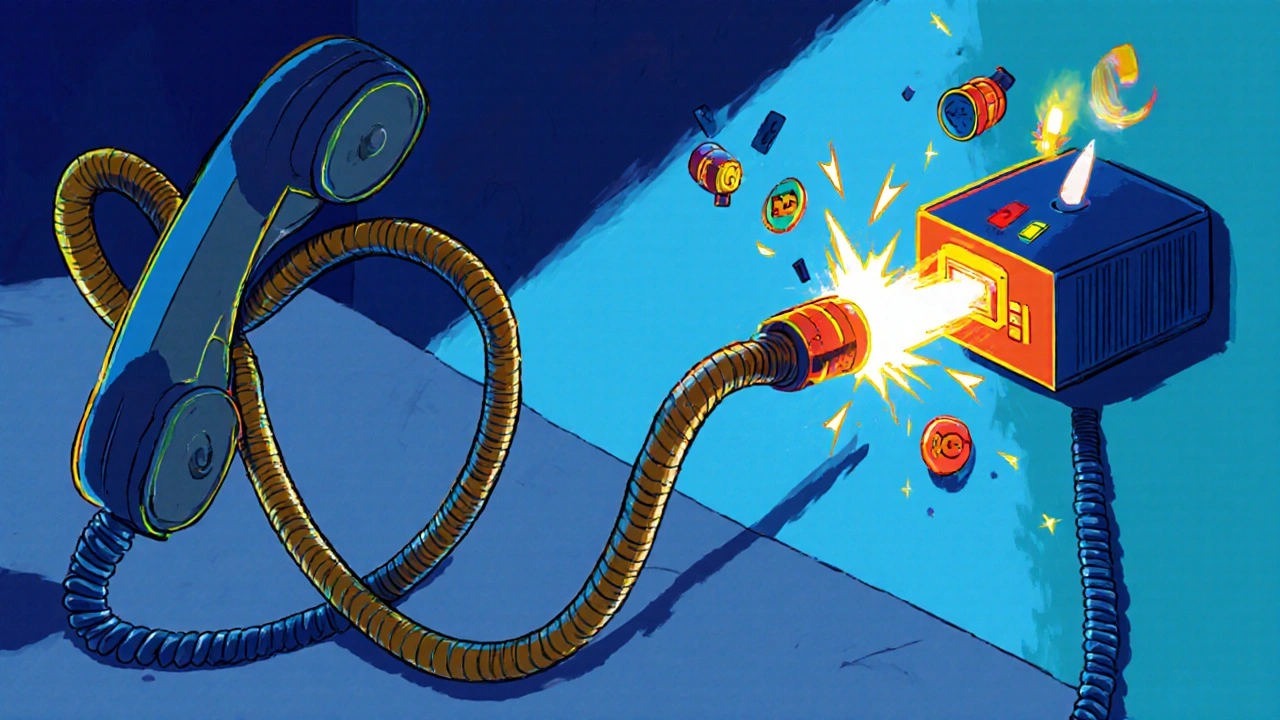
The Future: Is This Tech Going Away?
Yes - eventually. The U.S. plans to shut down its last PSTN lines by 2030. The UK, Germany, Australia, and 25 other countries are already done. By 2027, most of Europe will have no analog lines left. That doesn’t mean FXS/FXO gateways disappear. It means their role changes. They won’t be for connecting to phone companies anymore. They’ll be for connecting legacy devices that can’t be replaced - medical equipment, factory sensors, fire alarms, and emergency systems. Gartner predicts a $2.8 billion market for these niche uses by 2030. For now, they’re a bridge. Not a destination. But for businesses still running analog gear, they’re the only bridge that works.Quick Setup Checklist
- Identify what you’re connecting: analog phones? fax? alarm system? (FXS)
- Are you keeping your landline for backup? (FXO)
- Match port count to your needs - don’t buy more than you need
- Confirm compatibility with your VoIP system (3CX, Asterisk, etc.)
- Enable T.38 if using fax
- Set ring detection to 70-90V AC
- Test with a real phone and fax machine - don’t just rely on software
Frequently Asked Questions
Can I use an FXS port to connect my home phone to VoIP?
Yes. If you have an analog home phone and want to use it with a VoIP service like Vonage or Ooma, you can plug it into an FXS gateway. The gateway connects to your router, and your phone works just like before - but calls go over the internet. This is common for people who want to keep their old phone but cut their landline bill.
Do I need both FXS and FXO ports?
Only if you’re doing two things: connecting analog phones (FXS) AND keeping a landline for backup (FXO). Most small businesses only need FXS to keep their existing phones. If you’re fully switching to VoIP and don’t need a backup line, you don’t need FXO.
Why won’t my fax machine work through the FXS port?
Most likely, T.38 fax protocol isn’t enabled. Analog fax machines send signals differently than digital ones. Without T.38, the gateway can’t translate them properly. Turn it on in your gateway settings, set packetization to 20ms, and disable voice compression on that port. Also, check your fax machine’s settings - some have a "data mode" or "fax mode" that needs to be selected.
Can I use an FXO port to make outgoing calls over my landline?
Yes. An FXO port lets your VoIP system use your existing analog phone line for outgoing calls. This is useful for backup or if your VoIP provider doesn’t offer local numbers. You’ll need to configure a dial plan in your PBX so calls route through the FXO port when needed. It’s not as cheap as SIP trunking, but it’s reliable.
How long does it take to install an FXS/FXO gateway?
For a single-port setup, it takes about 30 minutes: plug in power, Ethernet, and phone line, then configure the PBX. For multi-port enterprise setups, it can take 4-8 hours because you need to test each line, set ring detection, configure fax protocols, and verify failover. Experienced admins can do it faster - but don’t rush the fax settings. That’s where most failures happen.


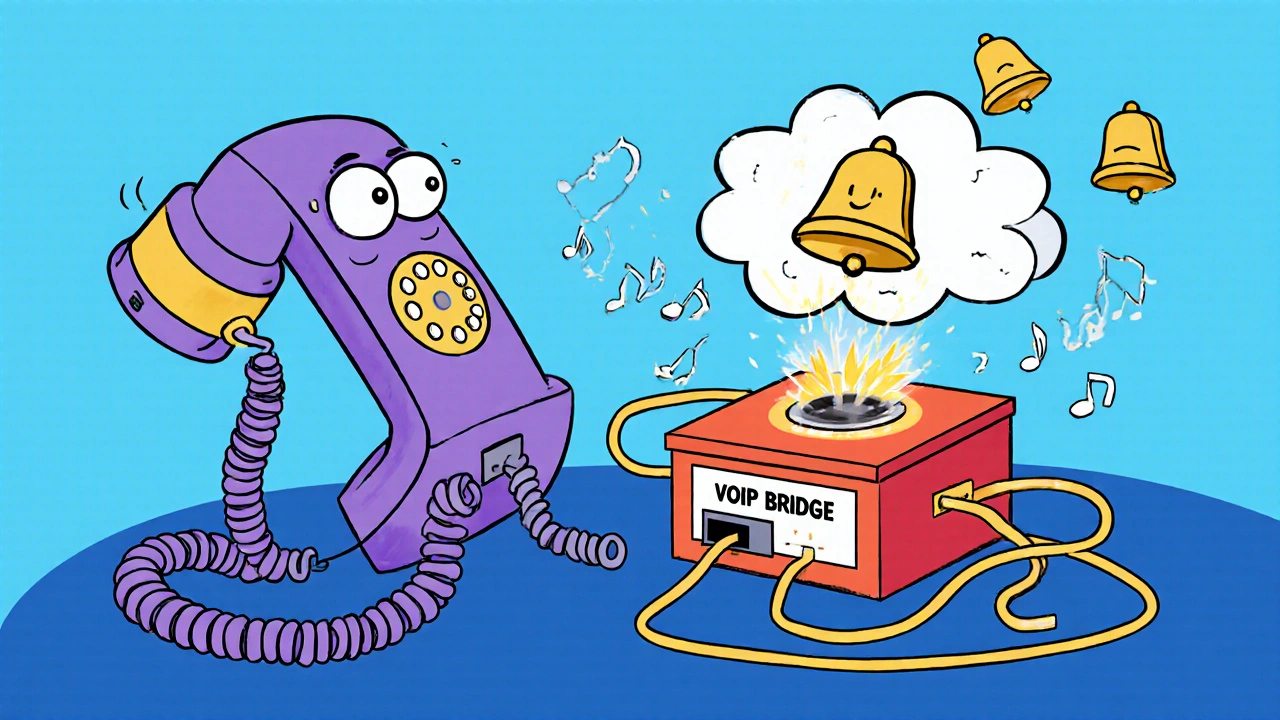
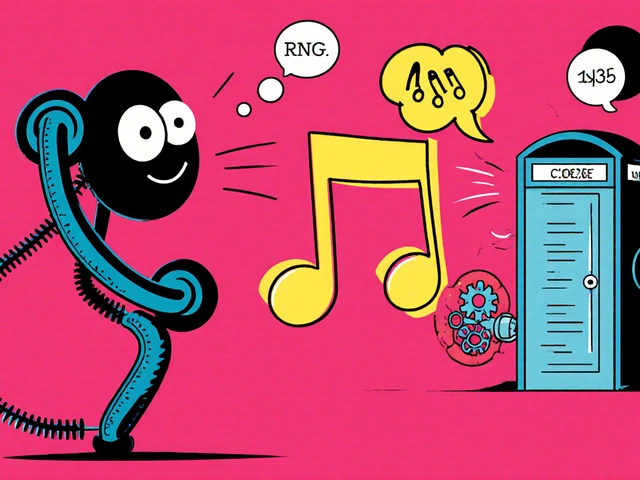


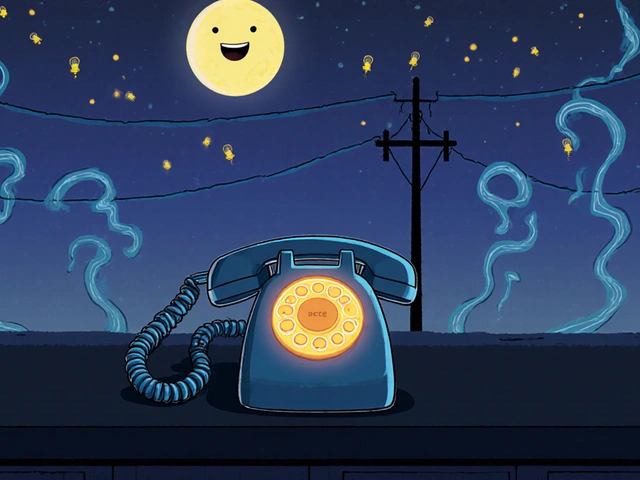
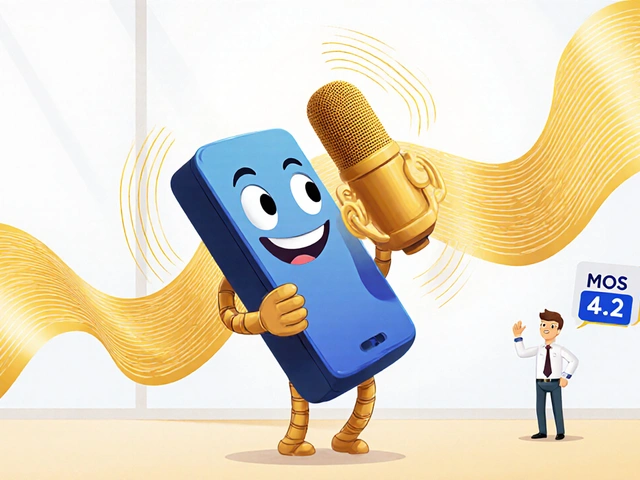
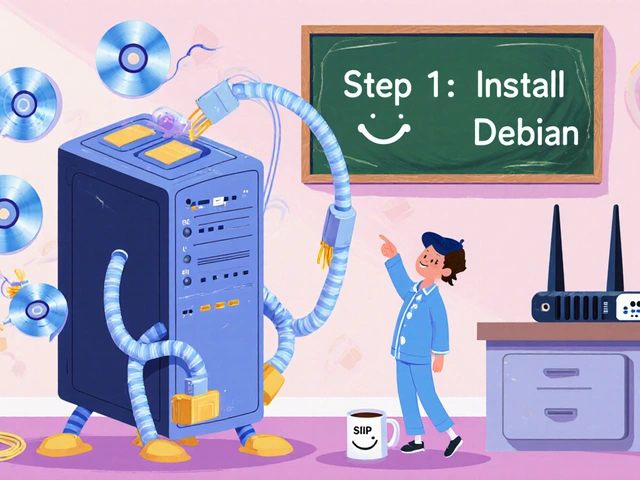
Eric Etienne
5 Nov 2025 at 17:50Bro, I literally had a fax machine die on me last week because I didn’t enable T.38. The manual? Useless. Reddit saved me. Why does every tech thing assume we read the fine print?